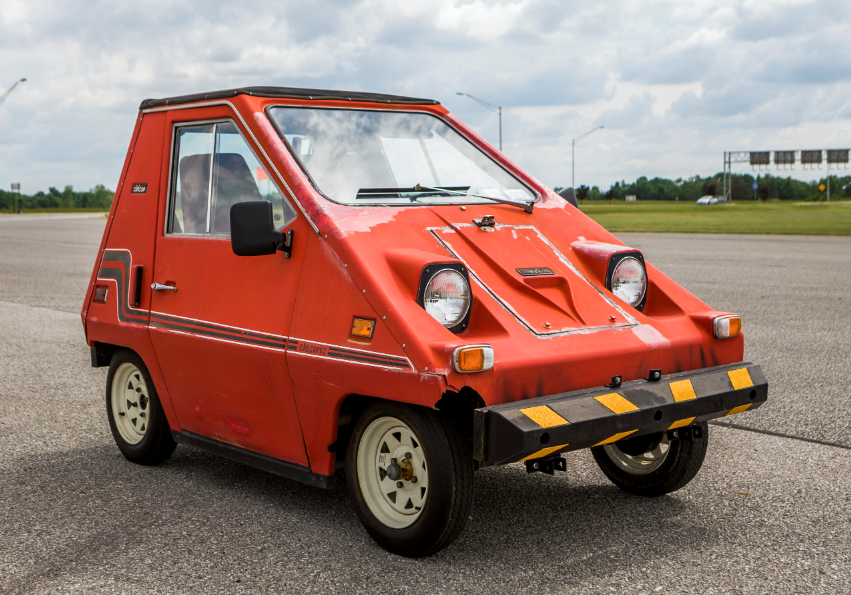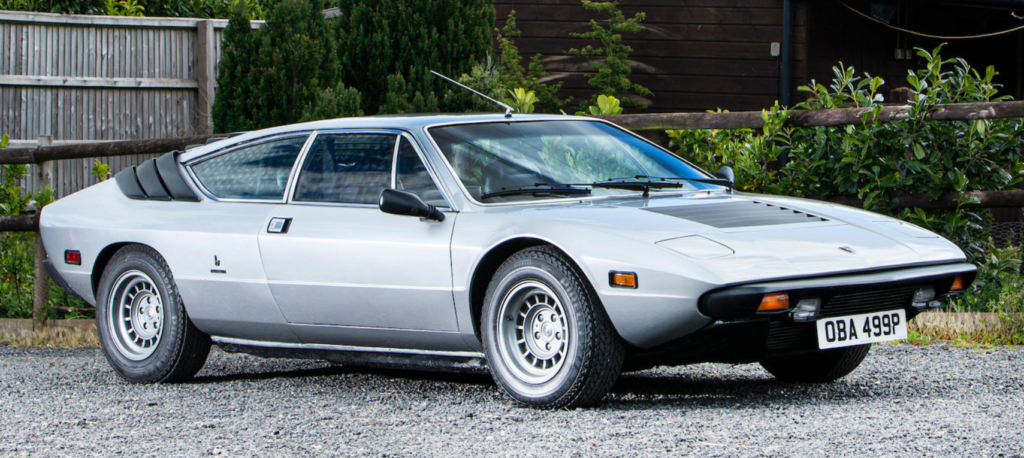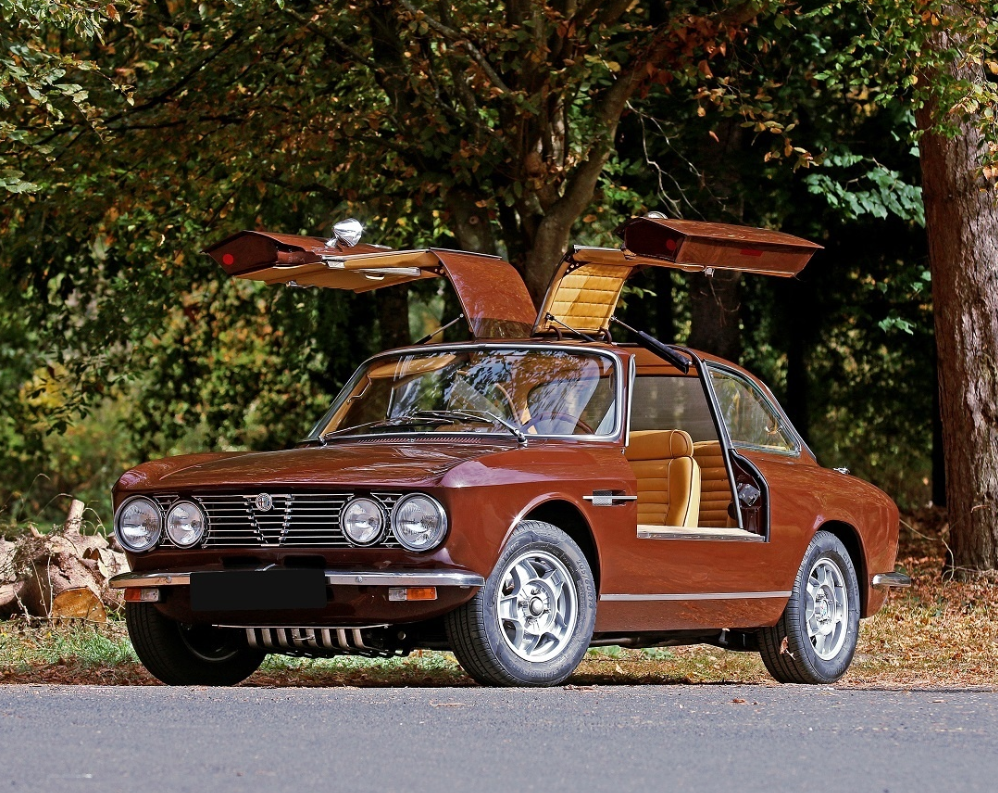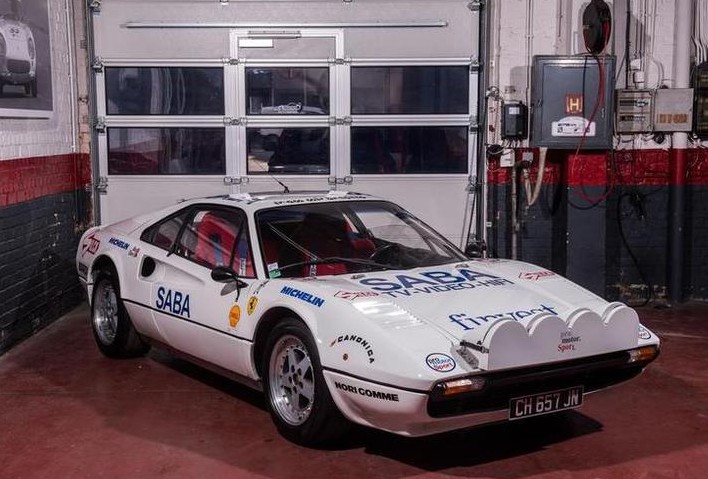1976 Inaltera-Cosworth GTP
Offered by RM Sotheby’s | Online | July 14-22, 2020
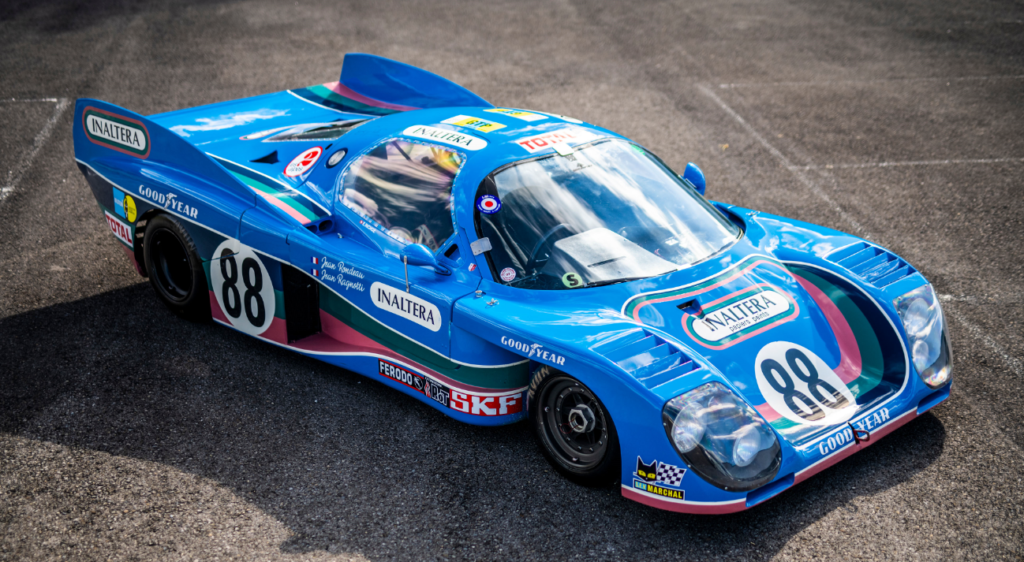
Jean Rondeau was a racing driver that drove open-wheel and saloon cars before moving on to sports racing prototypes in 1976 when he joined the Inaltera team. Inaltera was a wallpaper company, an industry whose natural extension is prototype sports cars to contest Le Mans.
This example, the first of three built, was the team’s test car. It is powered by a 3.0-liter Cosworth V8. Though it did not compete at Le Mans in 1976, it would enter the race the following year. It’s competition history includes:
- 1977 24 Hours of Le Mans – 4th (3rd in Class), with Jean Rondeau and Jean Ragnotti
After that, Inaltera pulled out of motor racing. Rondeau ventured on, building similar cars under his own name. He would later become the only person to win Le Mans with a car bearing his own name.
This car went to Switzerland after the 1977 season along with the other two Inaltera chassis. The current owner acquired all three later that year and sold the other two, keeping this one. It is now offered with an estimate between $510,000-$625,000. Click here for more info and here for more from this sale.
Update: Sold $440,902.

